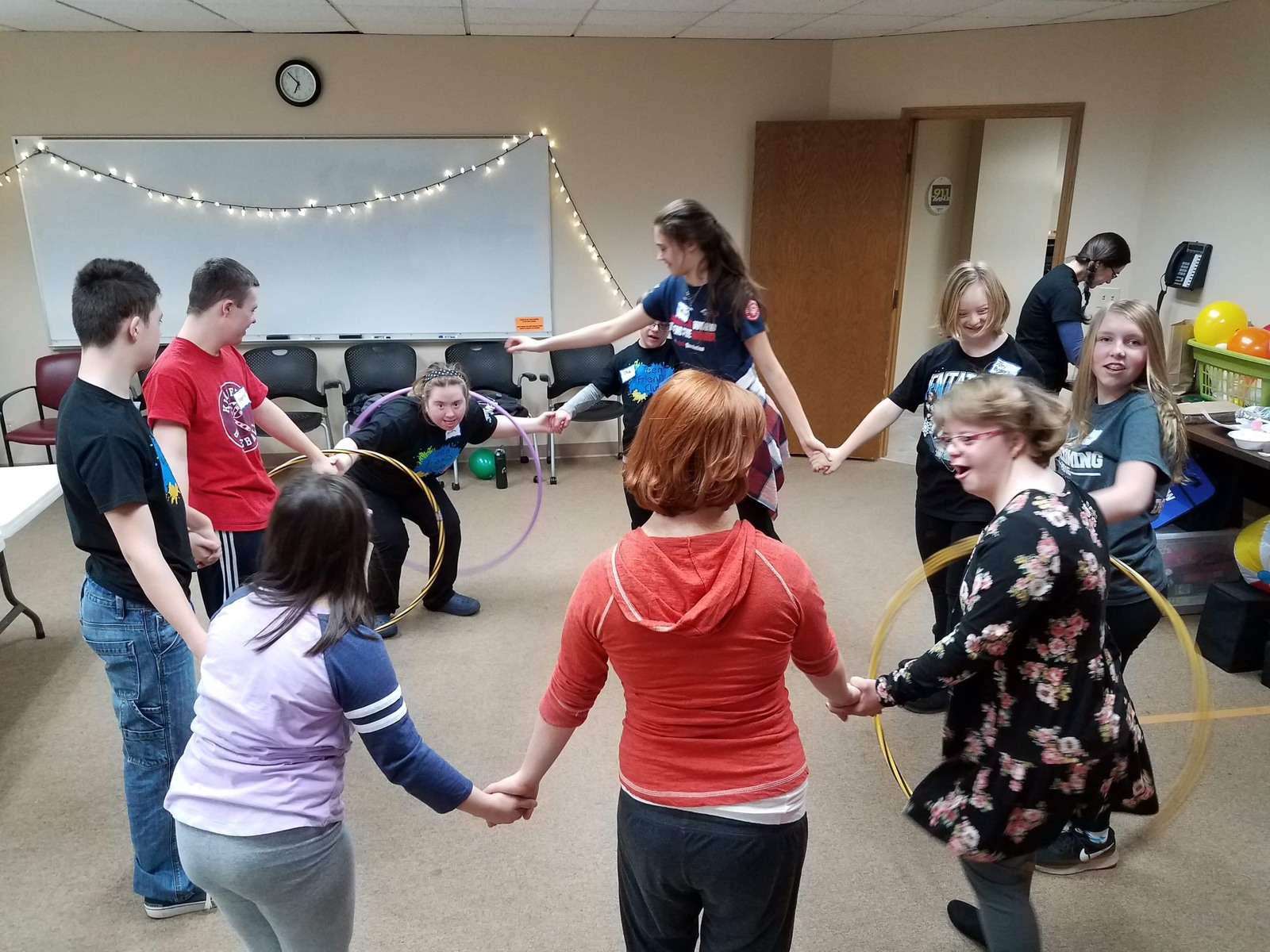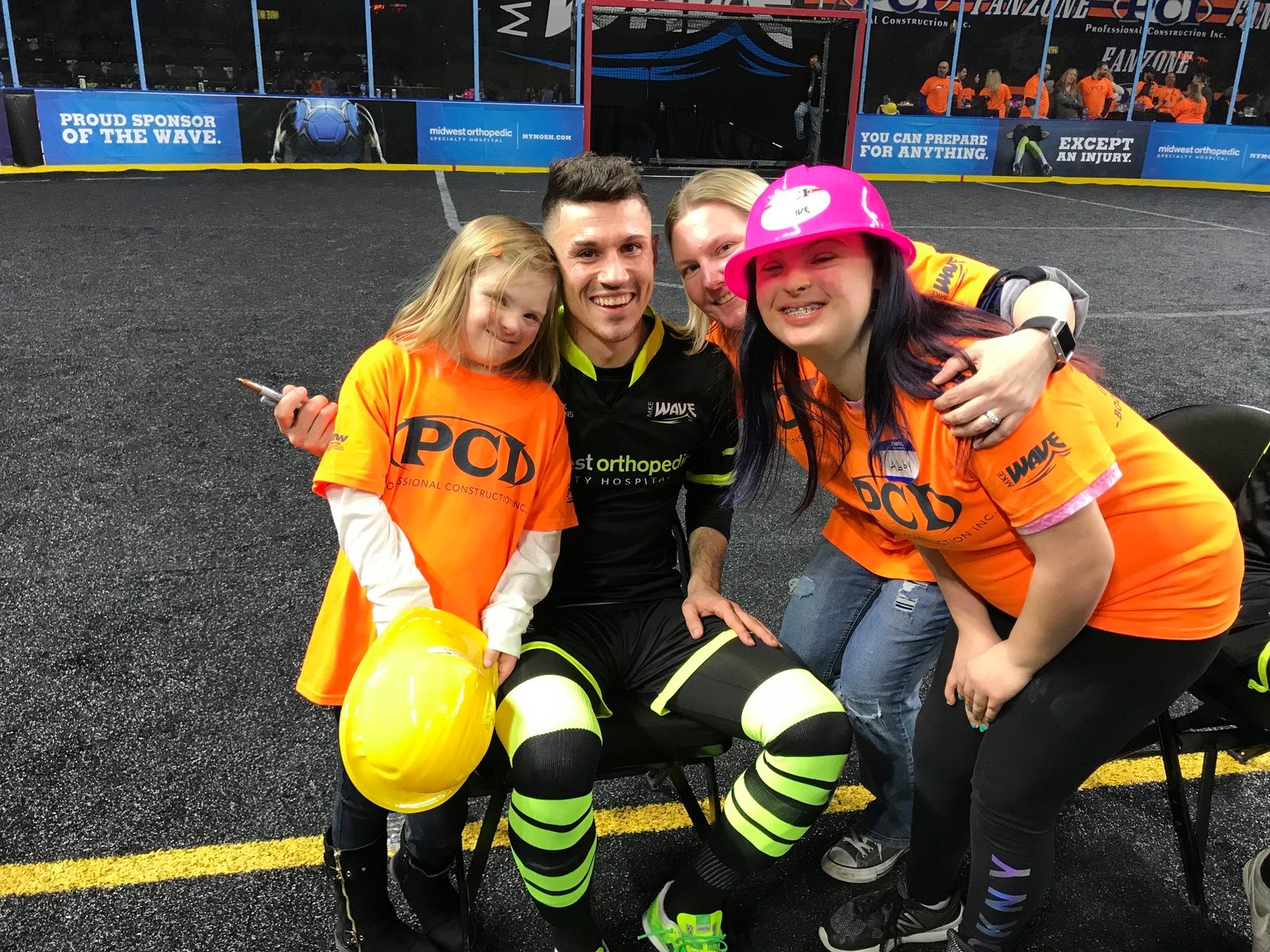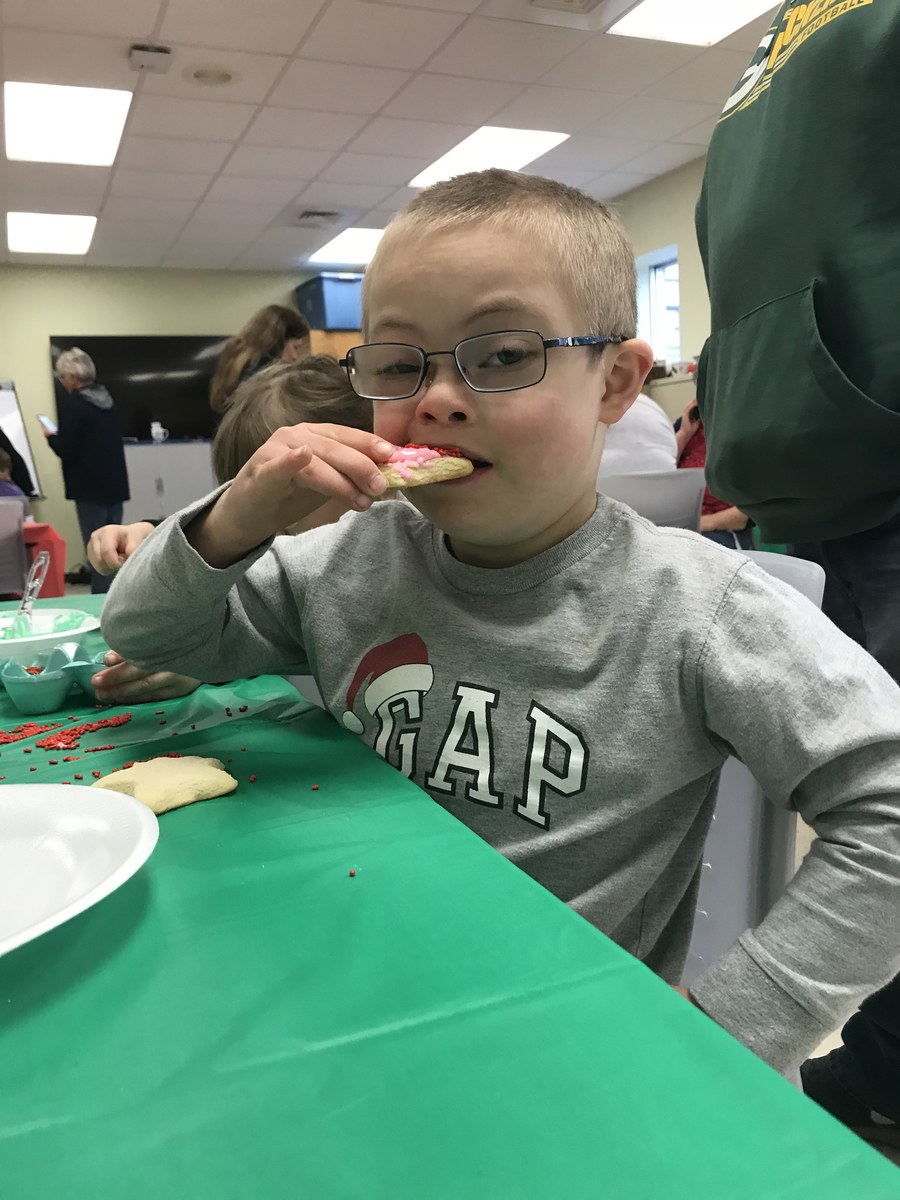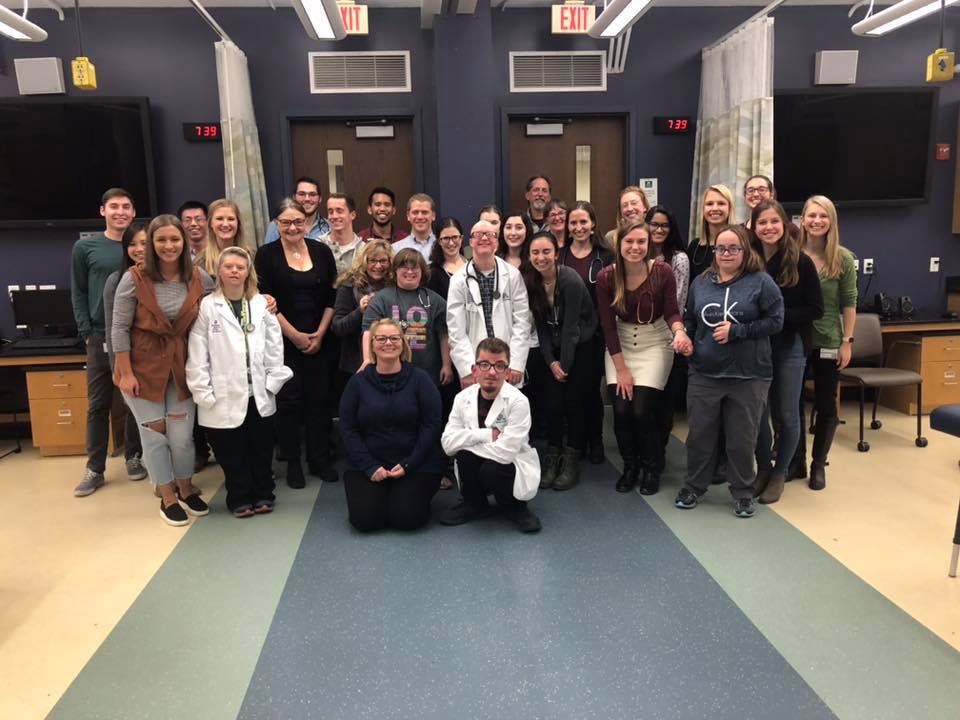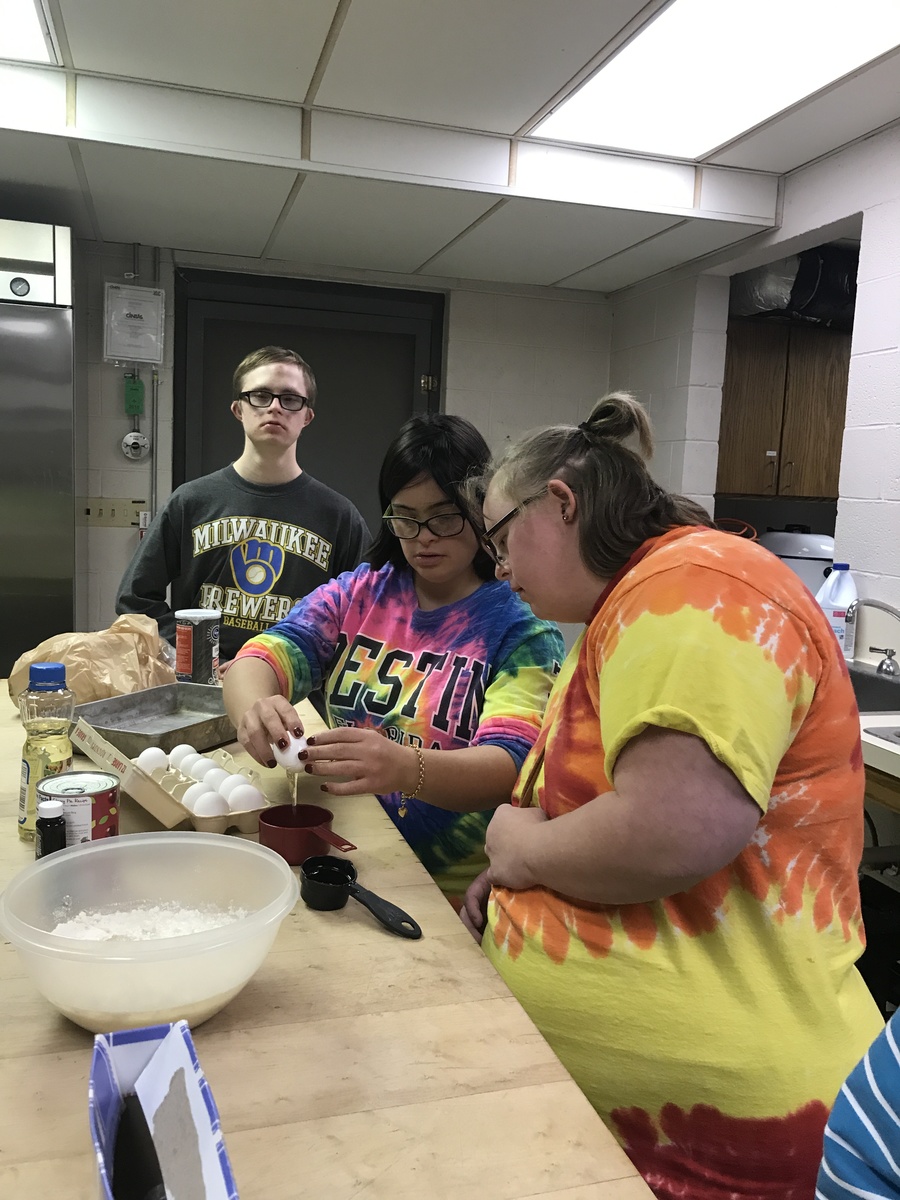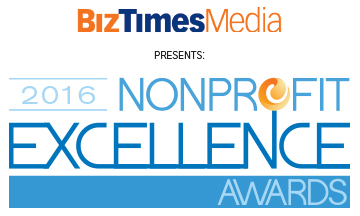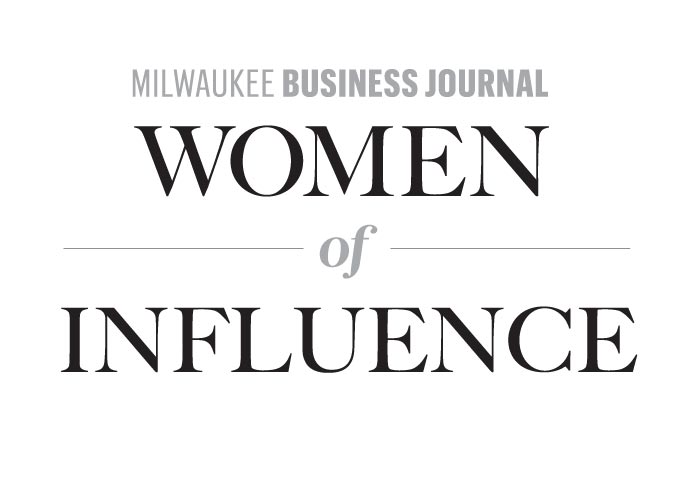ABOUT REINS: REINS, Incorporated is a 501(c)(3) non-profit organization, based in Sheboygan Falls, Wisconsin, committed to improving the lives of those with disabilities through individually structured classes using therapeutic interactions with horses. We are an equine assisted activities and therapy center accredited by the Professional Association of Therapeutic Horsemanship (PATH) International.
We offer summer programs with weekly classes as well as single session classes spring through fall. The program has excitedly experienced significant growth in the past three years, with over 100 expected participants registered for the 2019 season. We strive to provide support and growth opportunities for all our participants.
REINS offers three equine assisted activities: therapeutic riding, equine assisted learning and combined equine assisted learning/therapeutic riding. Therapeutic riding places emphasis on education of horsemanship skills with consideration of underlying disabilities. Equine assisted learning is a ground based, experiential learning approach designed to teach critical life skills including trust, leadership, assertiveness, self-awareness, self-confidence, communication and respect. The combined equine assisted learning/therapeutic riding program combines the same focus on life skill attainment through small group learning experiences with an additional focus on horsemanship skills.
Our mission: "REINS, Inc. provides personal growth, challenge and development through equine assisted activities and therapies to improve participants quality of life."
ABOUT THE AUTHOR: Rachel Fischer is blessed to be the Senior Instructor and Equine Professional at REINS Incorporated, Equine Assisted Activities and Therapies. She is a licensed occupational therapist and PATH certified instructor, dedicated to providing high quality, participant-centered, evidence based and compassionate services to ensure participants achieve their desired goals. She has a special interest in pediatric populations, although has worked with individuals of all ages both personally and professionally.
References
Champagne, D. & Dugas, C. (2010). Improving gross motor function and postural control with hippotherapy in children with Down Syndrome: Case report, Physiotherapy Theory and Practice, 26(8), 564-571.
DePauw, K.P. (1986). Horseback riding for individuals with disabilities: Programs, philosophy, & research, Adapted Physical Activity Quarterly, 3, 217-226.
Holm, M.B., Baird, J.M, Kim, Y.J, Rajora, K.B., D’Silva, D., Podolinsky, L.,…Minshew, N. (2014). Therapeutic horseback riding outcomes of parent-identified goals for children with autism spectrum disorder: An ABA multiple case design examining dosing and generalization to the home and community, Journal of Autism and Developmental Disorders, 44(4), 937-947.
PATH International (2019). Learn about EAAT. Retrieved from: https://www.pathintl.org/resources-education/resources/eaat/27-resources/general/193-eaat-definitions
Scott, N. (2005). Special needs special horses: A guide to the benefits of therapeutic riding. Denton, TX: University of North Texas Press.
Zadnikar, M., & Kastrin, A. (2011). Effects of hippotherapy and therapeutic horseback riding on postural control or balance in children with cerebral palsy: A meta-analysis, Developmental Medicine & Child Neurology, 53(8), 684-691.



















